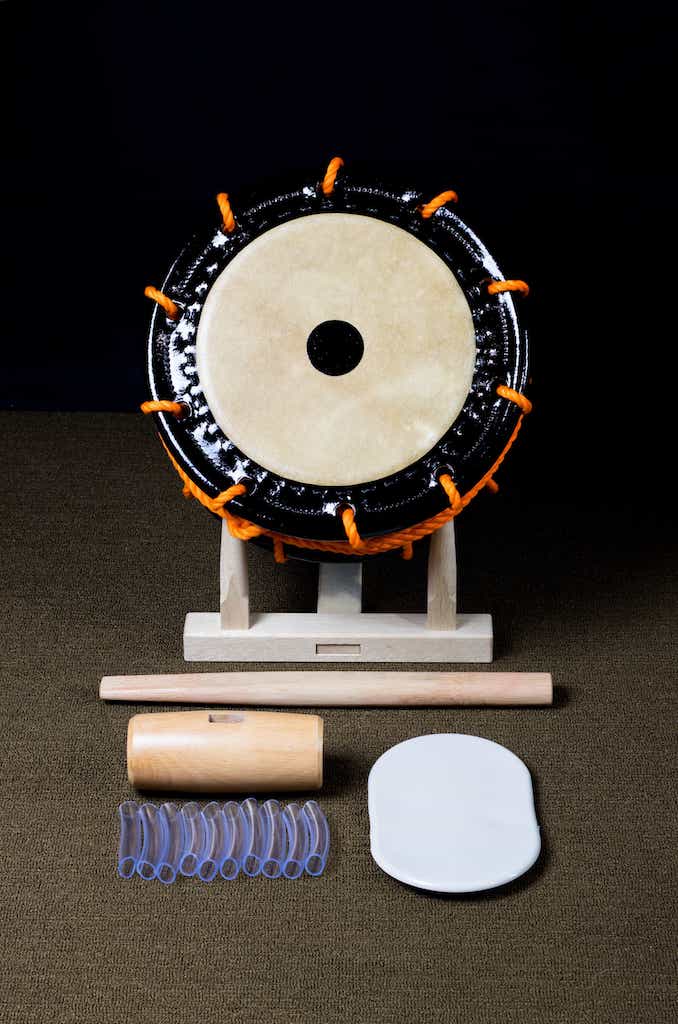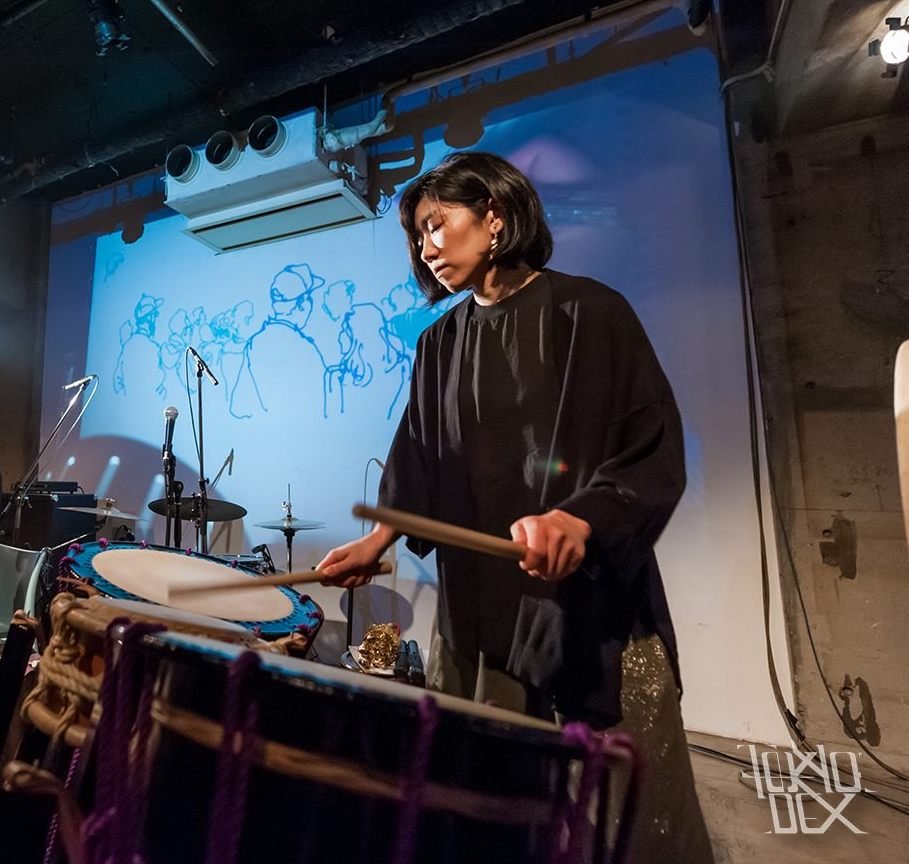Summer Taiko Institute: Edo Kotobuki Jishi with Kyosuke Suzuki sensei

North American Taiko Conference Taiko Jam performance of Edo Kotobuki Jishi
What is Summer Taiko Institute?
Summer Taiko Institute (STI) is an intensive course entirely separate from the North American Taiko Conference (NATC). It is typically a 3-day program that runs immediately before or after NATC. This year, there are two different STI proposals: Women and Taiko (before NATC) and Edo Kotobuki Jishi (after NATC). Because my involvement is with the Edo Kotobuki Jishi (traditional shishimai, or lion dance, of Tokyo) program, this blog post will be about that course. The shishimai STI is offered by Kyosuke Suzuki sensei, who taught the same topic during the 2011 STI in San Jose. I was there, and will be assisting and interpreting again this year. You can find the official registration page at the link below. Please note: it is not required to attend NATC in order to attend STI.

North American Taiko Conference Taiko Jam performance of Edo Kotobuki Jishi
Suzuki sensei's shishimai performance in 2015 during Wakayama Shachu's appearance in Orlando.
Summer Taiko Institute
Edo Kotobuki Jishi with Kyosuke Suzuki sensei
August 14 - 16, 2017
San Diego, CA
Summer Taiko Institute: Edo Kotobuki Jishi official page
What will be covered?
The Edo Kotobuki Jishi of Wakayama Ryu (style) consists of one shishi dancer and three musicians: taiko, atarigane, and shinobue. This STI will cover all the movements of the shishi as well as taiko and atarigane parts. Participants of all levels are welcome to attend, although having a basic understanding of taiko will be helpful. Depending on time and interest, fue players may get some instruction if they have experience with the music. The bachi used by Wakayama Shachu are 32cm hinoki. The shinobue is size 6.5 Hosei. These can be purchased through Asano Taiko US here. The Kotobuki Jishi book and CDs are currently out of print, and they are completely different from the Edo Bayashi book and CD. Suzuki sensei is also teaching a 10-hour Edo Bayashi intensive during NATC, so the book and CD would be useful for that course. You can learn more details about these traditional art forms here:

Kyosuke Suzuki sensei
Who is Suzuki sensei?
Suzuki sensei continues to be one of the most important teachers in my musical training. I started studying with him in 2005 and am constantly inspired by his performance and instruction, most recently during my Edo Bayashi intensive in Tokyo last October. For anyone who is unfamiliar with Suzuki sensei's artistry and teaching ability, a quick chat with someone who has experienced his instruction will help illustrate why he has so many fans. You can read more details at these links below.
Kyosuke Suzuki sensei biography, photos, and videos
Linda Uyechi's article about Jun Daiko's intensive with Suzuki sensei
Questions?
Please contact me with any questions regarding this STI and I will update this page with the new information. Thank you.

Shishimai demonstration after the 2011 Summer Taiko Institute

Shishi gashira (shishi head)
Bonus video



































































